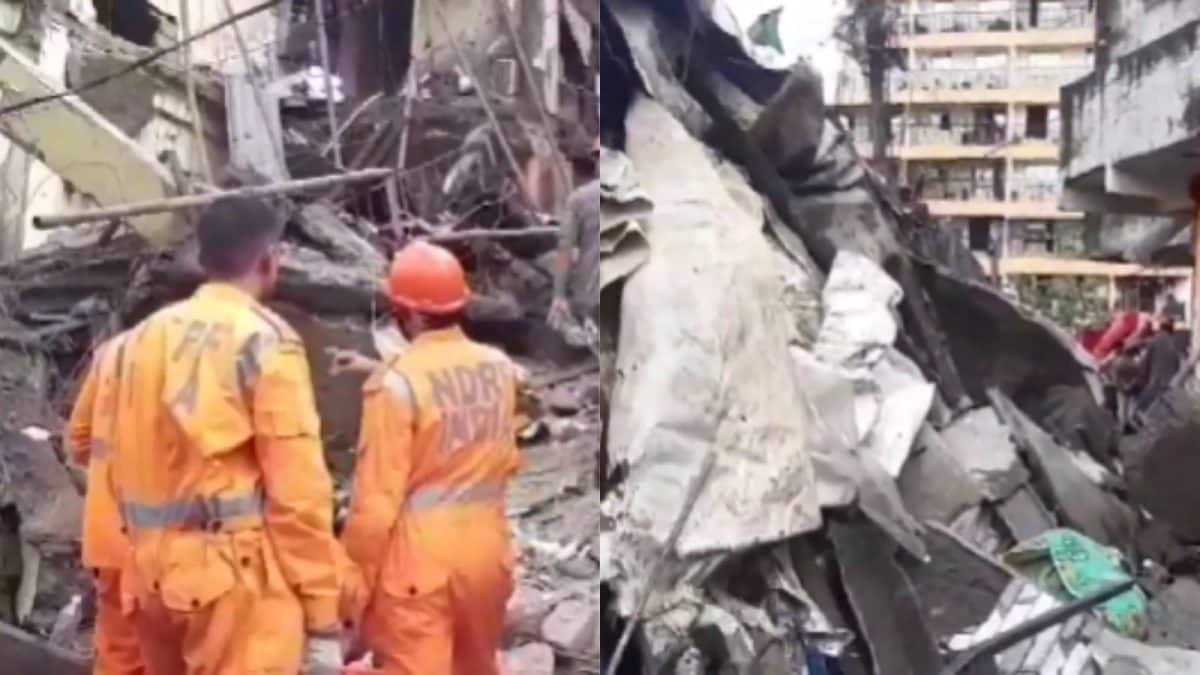ARTICLE AD BOX
To tackle a Covid-like public healthcare emergency if it were to arise again, the Bihar government is mapping every healthcare service available in the state – from major public and private hospitals right down to the local village pharmacy.
Over the last 10 months, the state has been undertaking a unique initiative of geo-mapping its health services. Launched in October last year, the survey will cover everything from hospitals, clinics, pathology labs and diagnostic centres to local pharmacies in all of the state’s 38 districts and collate this information in a dashboard.
The exercise, which will also cover grassroots health units such as primary health centres and local practitioners, is being conducted by the government’s Bihar State Health Society in collaboration with Asian Development Research Institute (ADRI) and is scheduled to wrap up by the end of this year. While the state is yet to take a call on whether to allow the public to access this dashboard, officials say the exercise will help policymakers identify and bridge gaps.
The idea, according to officials, is to plug holes in the healthcare delivery system to avoid the chaos seen during the pandemic. To this end, teams developed an online-offline synchronised application to map these healthcare units, Sanchita Mahapatra, senior health scientist at ADRI, said.
The application is meant to function both with and without an internet connection, storing data locally and syncing it with a remote server once a connection is available.
“We also drew up a comprehensive list of private healthcare units in each district using data from various sources, including the government. Using a real-time dashboard for accuracy, we geo-mapped from state headquarters to block towns,” Mahapatra said.
So far, officials have mapped approximately 20,000 private healthcare units — including pharmacies, private labs, private solo practitioners, nursing homes, hospitals and medical colleges. Teams also visited block-level units to understand why private players are often the first point of contact for the public, especially in rural or underserved areas.
Story continues below this ad
According to ADRI’s member secretary and economist Asmita Gupta, it is important to invest in data-driven systems to build a stronger healthcare mechanism.
“Besides a host of other benefits, this mapping could put in place a system of understanding the delivery of over-the-counter medicines and health outcomes,” she said.
Nearly 80 per cent of the state’s healthcare units have been mapped, with officials claiming they are now trying to map private health services in “hard-to-reach regions and at villages”.
However, there are challenges, particularly in mapping flood-prone and border areas of the state. As the monsoon intensifies, officials expect that this could pose a significant challenge.
Story continues below this ad
Another challenge is tracking and recording health vulnerabilities that vary seasonally. According to officials, it is difficult to establish a pattern of diseases, especially in the case of the state’s floating migrant population.
Still, officials see the survey – especially of private players — as a way to ease the delivery of health services. Ragini Mishra, the state epidemiologist with the Bihar State Health Society, believes this is particularly important since about 70 per cent of communicable diseases go to private hospitals and pathological labs.
“The census of private health services has the potential of creating a network between healthcare seekers and providers,” Mishra said. “The biggest takeaway of the geo-mapping is improving disease surveillance, seeking better response during pandemic outbreaks and getting a comprehensive picture of how people have been using private and public healthcare facilities.”



.png)
.png)
.png)
























 English (US) ·
English (US) ·